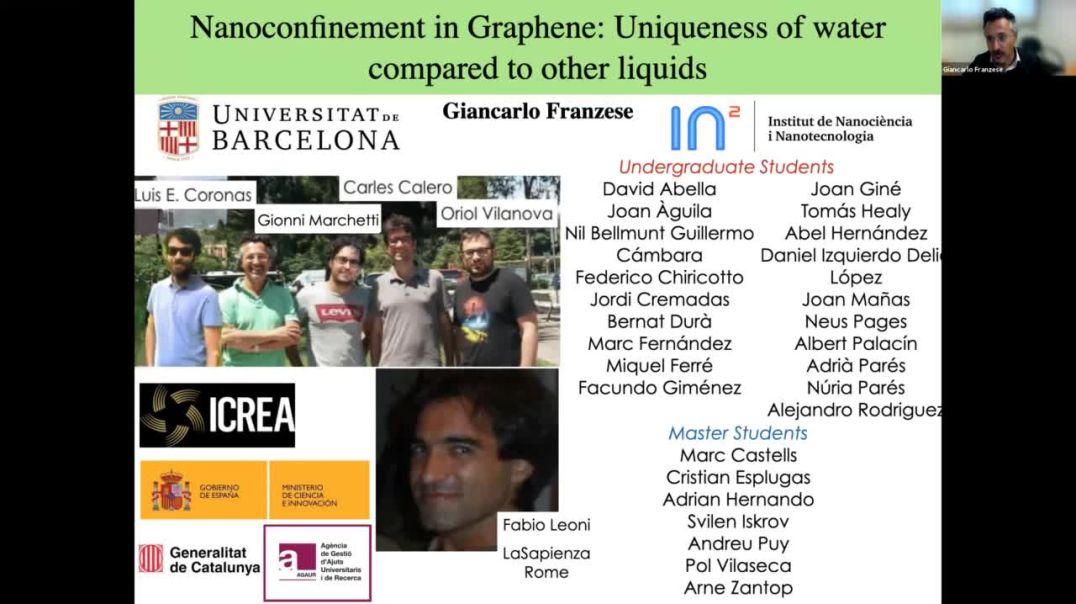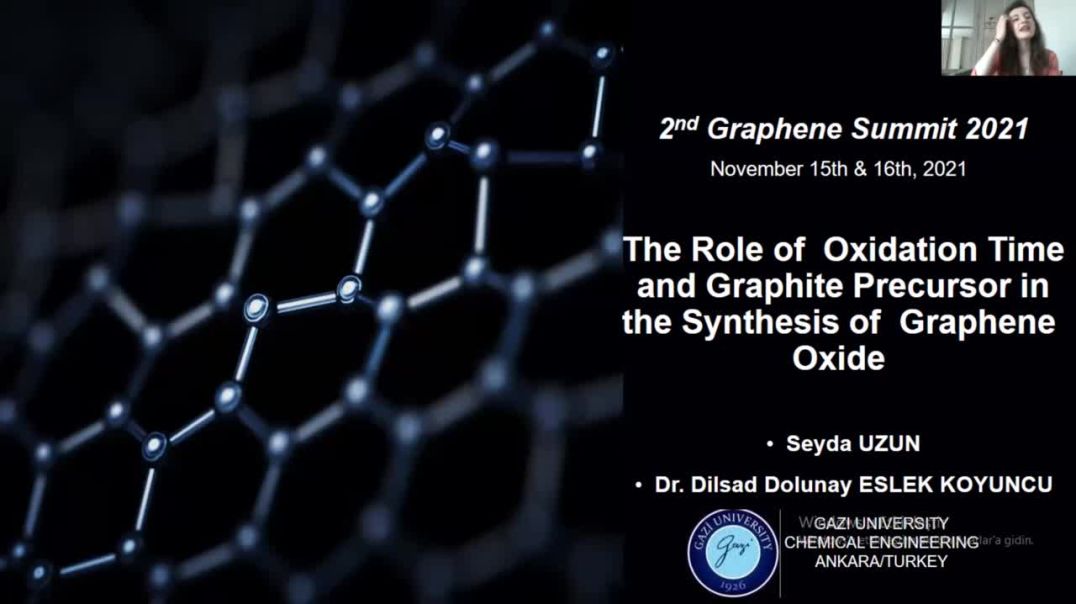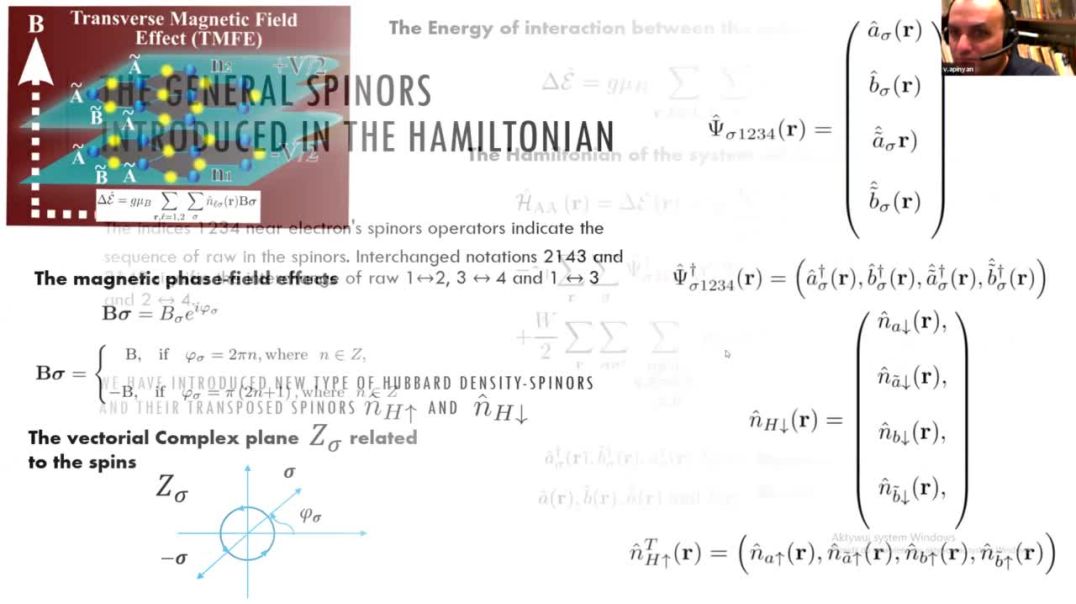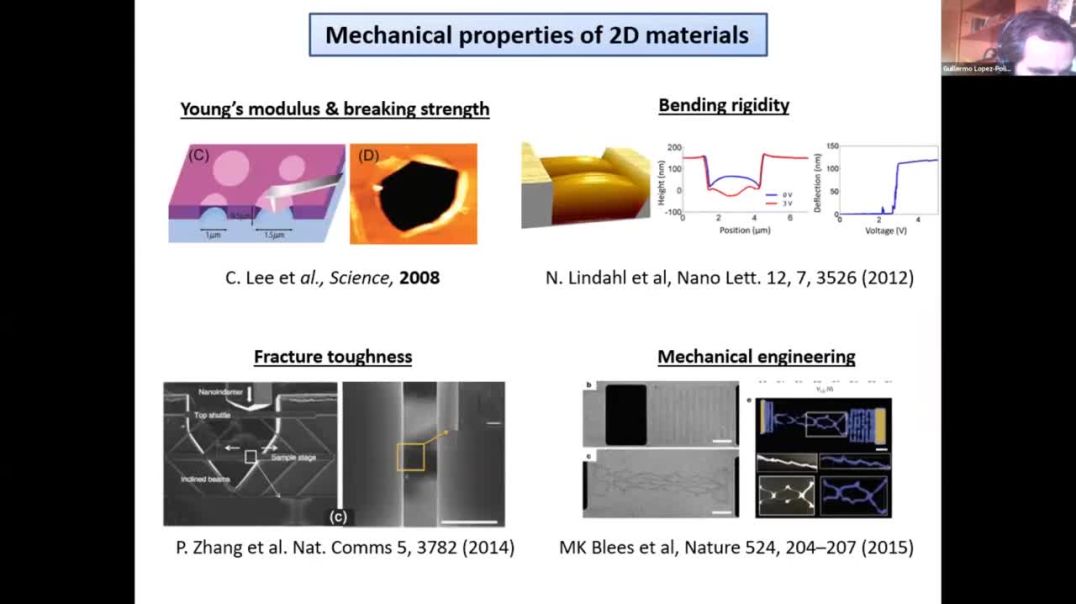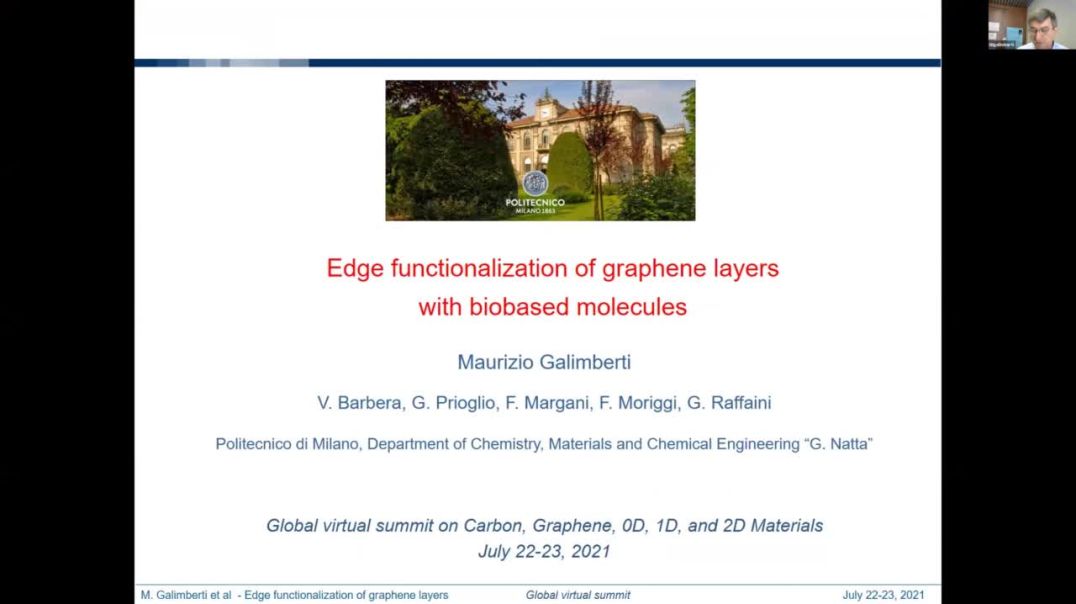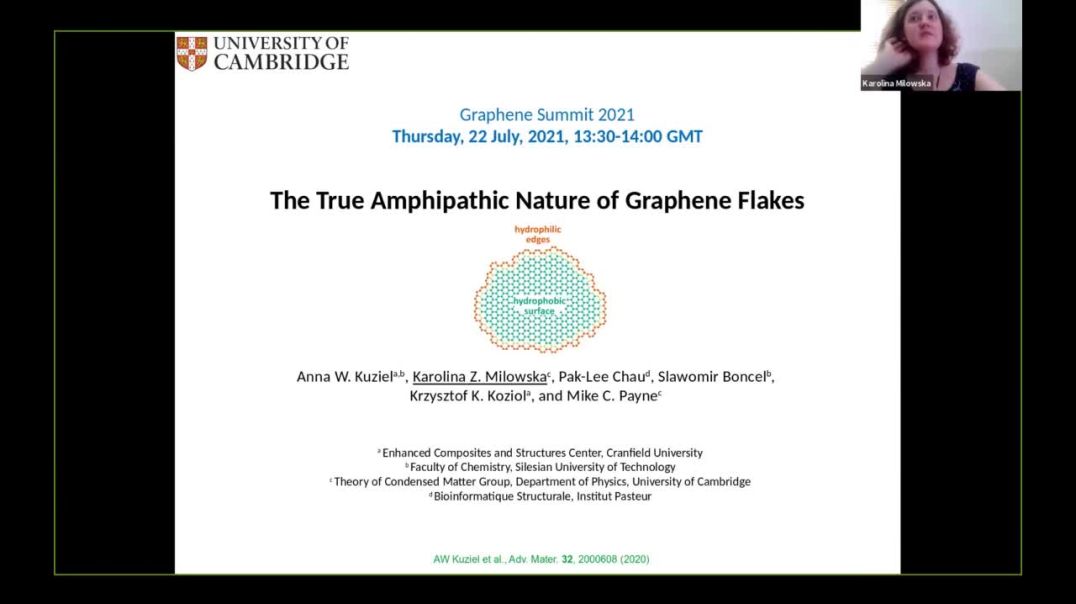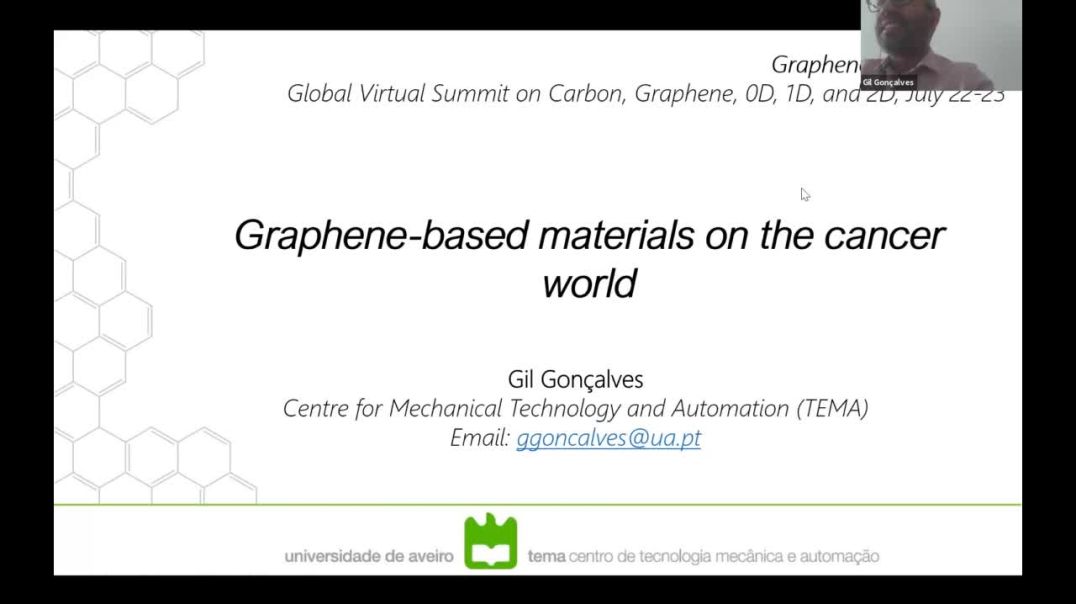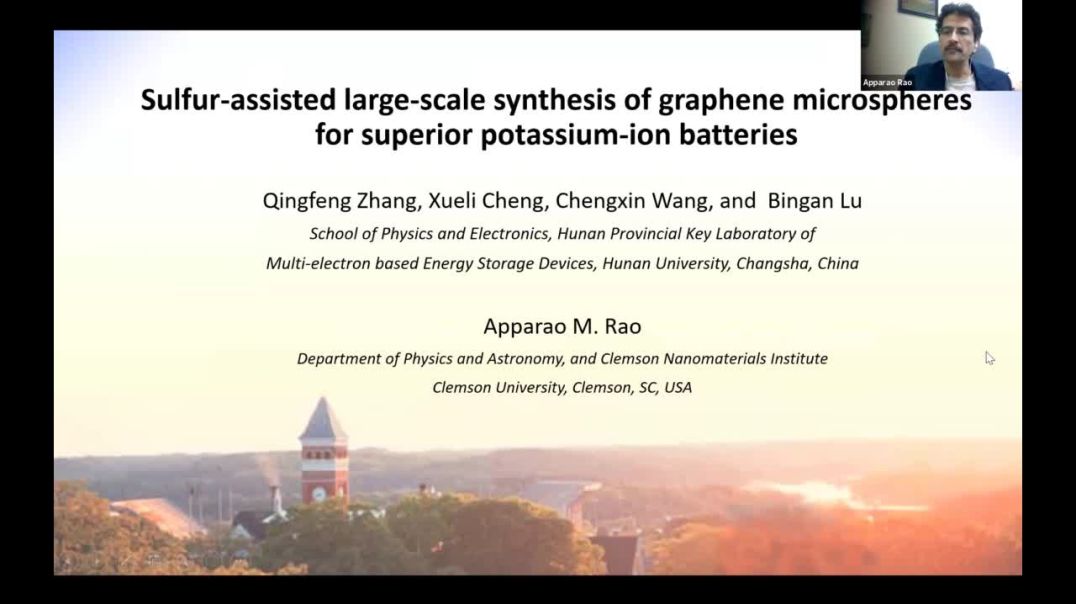Nanoconfinement in Graphene: Uniqueness of water compared to other liquids | Giancarlo Franzese
Summary :
Nanoconfined fluids find applications in life science and nanotechnology, such as the purification of fluids forced through nanoporous carbon materials, nanolubrication, isotope separation in nuclear power technology, or the filtration through nanomembranes of complex mixtures for water disinfection and desalination. Fluids under nanoconfinement have been studied extensively by experiments and numerical simulations in various geometries. Although confinement effects–e.g., layering–are well known for fluids, contradictory results are strongly debated. It is, therefore, worth asking how these varieties of results depend on the details of the fluid or the geometry. We deepen this question and ask which property of water in a graphene nanopore is unique and which, instead, is shared with other liquids, e.g., argon-like or anomalous, such as liquid metals, or solutions of proteins. We find that at the sub-nanometre scale, water shows a unique behaviour. Water becomes more diffusive than bulk when decreasing the pore size from 0.95 nm to 0.80 nm, whereas the isotropic liquids show an oscillating and an overall decreasing diffusion coefficient.
About Author :
Giancarlo Franzese is Professor at the University of Barcelona, leading the Statistical Physics of Complex Matter Group, ICREA Academia awardee, expert in hydrated bionano systems, Speciality Chief Editor in Computational Nanotechnology for the open access journal Frontiers in Nanotechnology, member of the International Network Initiative on Safe and Sustainable Nanotechnologies (INISS-nano), the NanoSafety Cluster Initiative, and the International Advisory Board of the European Molecular Liquids Group, among the Top Scientists in Spain in Multidisciplinary Physics, and the Top Italian Scientists in the World, at 74th annual citation percentile in Author Impact (Beamplot-Clarivate), with ~5000 citations (H=38 GoogleScholar for more than 100 publications including book chapters and peer-reviewed conference proceedings (with more than 120 invited talks/keynotes lectures at international conferences and institutions).
